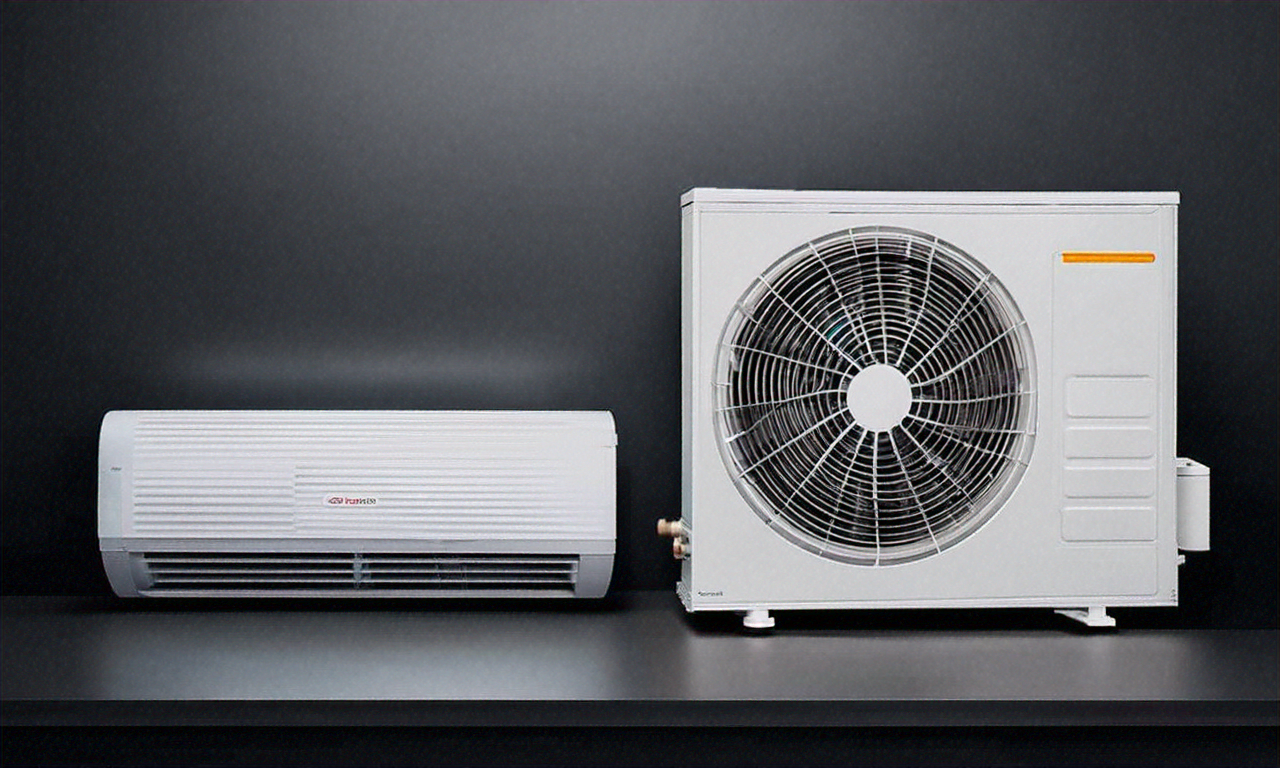Why Ductless AC Systems Are Quietly Revolutionizing Home Comfort
Ductless air conditioning systems are transforming the way we think about home cooling. These innovative units offer a flexible, energy-efficient alternative to traditional central air systems, making them increasingly popular among homeowners and businesses alike. As we explore the world of ductless AC, we'll uncover its benefits, energy-saving potential, and smart features that are changing the game in climate control.

What is ductless AC technology and how does it work?
Ductless AC systems, also known as mini-split systems, consist of an outdoor compressor unit connected to one or more indoor air-handling units. Unlike traditional central air conditioning, ductless systems don’t require a network of ducts to distribute cool air. Instead, they use refrigerant lines to connect the outdoor and indoor units, allowing for direct cooling in specific areas of your home or office.
The indoor units are typically mounted on walls or ceilings and contain a fan that circulates the cooled air. This targeted approach to cooling allows for greater control over temperature in individual rooms or zones, making ductless AC systems highly efficient and customizable.
How does energy efficiency factor into ductless AC systems?
Energy efficiency is at the core of ductless AC technology. These systems are designed to minimize energy waste and maximize cooling power. Unlike central air conditioning, which can lose up to 30% of its cooling capacity through ductwork, ductless systems deliver cool air directly to the desired space, eliminating losses associated with duct leaks or poor insulation.
Most ductless AC units also use inverter technology, which allows the compressor to adjust its speed based on cooling demands. This means the system can maintain a consistent temperature without constantly turning on and off, further reducing energy consumption. As a result, ductless AC systems can be up to 30% more efficient than traditional central air conditioning systems, leading to significant savings on energy bills.
What are the benefits of customizable comfort zones?
One of the most appealing features of ductless AC systems is their ability to create customizable comfort zones within a home or office. With multiple indoor units connected to a single outdoor unit, each area can be cooled independently, allowing for personalized temperature control in different rooms or spaces.
This zoning capability is particularly beneficial for homes with varying cooling needs, such as those with multiple stories, sunrooms, or rarely used guest rooms. It allows occupants to cool only the areas they’re using, rather than wasting energy on unoccupied spaces. Additionally, family members with different temperature preferences can each adjust their room’s temperature to their liking, promoting harmony and comfort for everyone.
How do smart features enhance ductless AC performance?
Ductless AC systems are embracing smart technology to enhance user experience and optimize performance. Many modern units come equipped with Wi-Fi connectivity, allowing users to control their AC system remotely via smartphone apps. This means you can adjust temperatures, set schedules, and monitor energy usage from anywhere, ensuring your home is always at the perfect temperature when you arrive.
Some advanced models also incorporate sensors that detect occupancy and adjust cooling accordingly. These smart features not only improve comfort but also contribute to energy savings by automatically reducing output when rooms are unoccupied. Additionally, integration with smart home systems allows for seamless operation alongside other connected devices, creating a truly intelligent and efficient home environment.
What are the installation considerations for ductless AC systems?
Installing a ductless AC system in Australia is generally less invasive and time-consuming than installing a traditional ducted system. The process typically involves mounting the indoor units on walls or ceilings, running refrigerant lines to the outdoor unit, and creating a small hole in the wall for the lines to pass through. This minimal structural impact makes ductless systems an excellent choice for older homes, renovations, or additions where installing ductwork would be challenging or costly.
It’s important to note that while DIY installation kits are available, professional installation is highly recommended to ensure proper sizing, placement, and setup of the system. Proper installation is crucial for maximizing efficiency and longevity of the ductless AC system, as well as maintaining warranty coverage.
How do top ductless AC brands compare in the Australian market?
When considering a ductless AC system in Australia, it’s essential to compare top brands to find the best fit for your needs. Here’s a comparison of some leading ductless AC providers available in the Australian market:
| Brand | Energy Efficiency Rating | Key Features | Estimated Price Range (AUD) |
|---|---|---|---|
| Daikin | Up to 5 stars | Inverter technology, Wi-Fi control, air purification | $1,500 - $3,500 |
| Mitsubishi Electric | Up to 5.5 stars | Plasma Quad filtration, i-see Sensor, Wi-Fi control | $1,800 - $4,000 |
| Fujitsu General | Up to 5 stars | Human Sensor, Apple HomeKit compatibility, noise reduction | $1,600 - $3,800 |
| Panasonic | Up to 5 stars | nanoe X technology, ECONAVI sensors, Wi-Fi control | $1,700 - $3,900 |
| LG | Up to 5 stars | Dual Inverter, ThinQ app control, low noise operation | $1,500 - $3,700 |
Prices, rates, or cost estimates mentioned in this article are based on the latest available information but may change over time. Independent research is advised before making financial decisions.
When selecting a ductless AC system, consider factors such as energy efficiency ratings, smart features, noise levels, and after-sales support. It’s also wise to consult with a licensed HVAC professional to determine the most suitable system size and configuration for your specific needs and space.
In conclusion, ductless AC systems are indeed revolutionizing home comfort in Australia. With their energy efficiency, customizable comfort zones, smart features, and flexible installation options, these systems offer a compelling alternative to traditional air conditioning. As technology continues to advance, ductless AC is likely to play an increasingly important role in creating comfortable, efficient, and smart home environments across the country.




